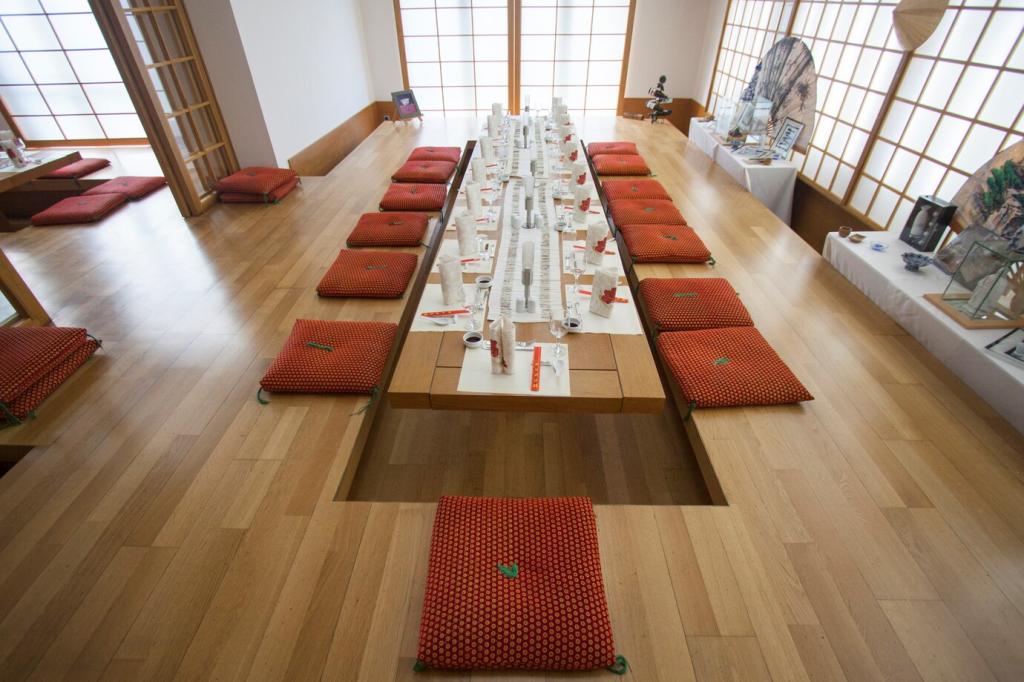
Designing Your Ideal Meditation Room on a Budget
Crafting a serene meditation room doesn’t have to come with a large price tag. By focusing on thoughtful choices and creative approaches, you can transform any space into a tranquil refuge for mindfulness and peace. These strategies will help you design a space that supports your practice, rejuvenates your spirit, and honors your financial boundaries.
Selecting the Right Space
When searching for a quiet corner, look for less-frequented areas of your home, such as a rarely used guest room, a spacious closet, or even an alcove under the stairs. Sound is a crucial consideration—ideal spots are away from heavy foot traffic, electronics, or street-facing windows. If absolute silence isn’t possible, consider how natural sounds or quiet indoor acoustics can enhance, rather than hamper, your meditation experience. By creatively reassessing your available space, you can often find a promising nook that feels peaceful and removed from daily bustle.
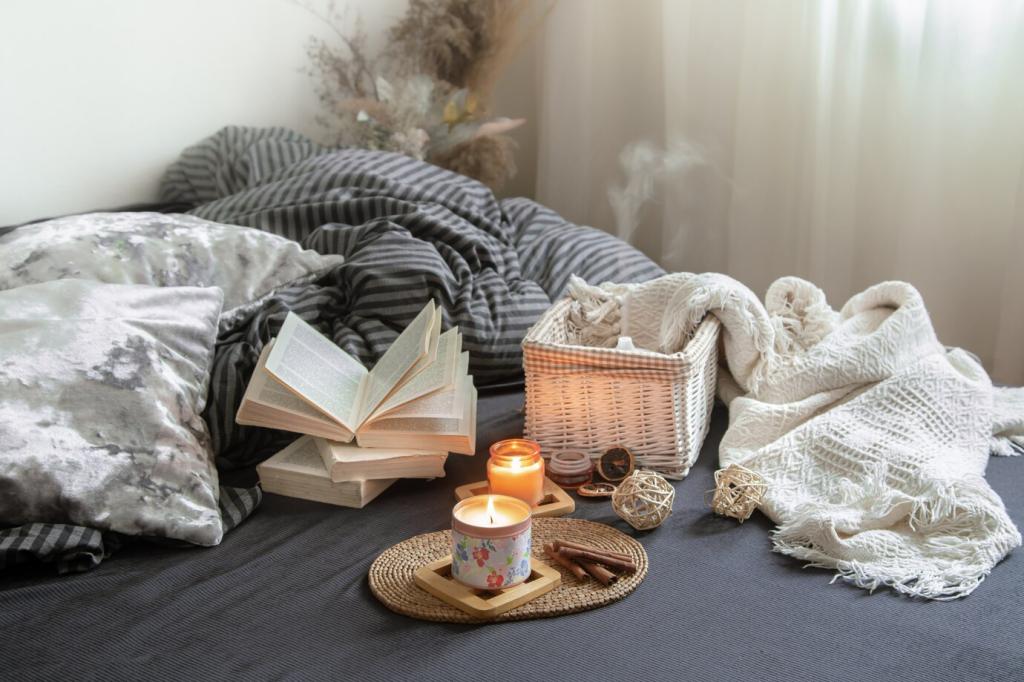
Affordable Furnishings and Decor
Repurposing Existing Items
Transforming everyday objects into meditation room essentials is both cost-effective and environmentally friendly. Cushions, blankets, and soft rugs you already own can be arranged to create seating and establish a cozy atmosphere. Repositioning an unused chair as a meditation seat or layering throws to define your space adds an intimate, bespoke touch. This approach allows you to maximize comfort without making new purchases, turning sentimental or overlooked items into meaningful parts of your meditation journey.
DIY Decor Projects
Crafting your own décor is a wallet-friendly way to infuse personality into your meditation room. Simple projects—such as homemade wall hangings, painted stones, or origami mobiles—can add beauty and symbolism while reflecting your creativity. These projects are not only satisfying to make but may also deepen your connection to the space. Engaging in DIY décor encourages mindfulness, as creating with your hands becomes an act of self-expression that complements your meditation practice.
Smart Budget Shopping
If you do choose to acquire new furnishings, look for bargains at thrift stores, online marketplaces, or discount retailers. Focus on quality over quantity: a supportive floor cushion, a small side table for candles, or a simple piece of calming artwork can anchor your space. Prioritize items that evoke peace and functionality, and be patient as you search for deals that suit your budget. Mindful shopping ensures that each addition aligns with both your wallet and your vision for a tranquil retreat.
Creating a Calm Atmosphere
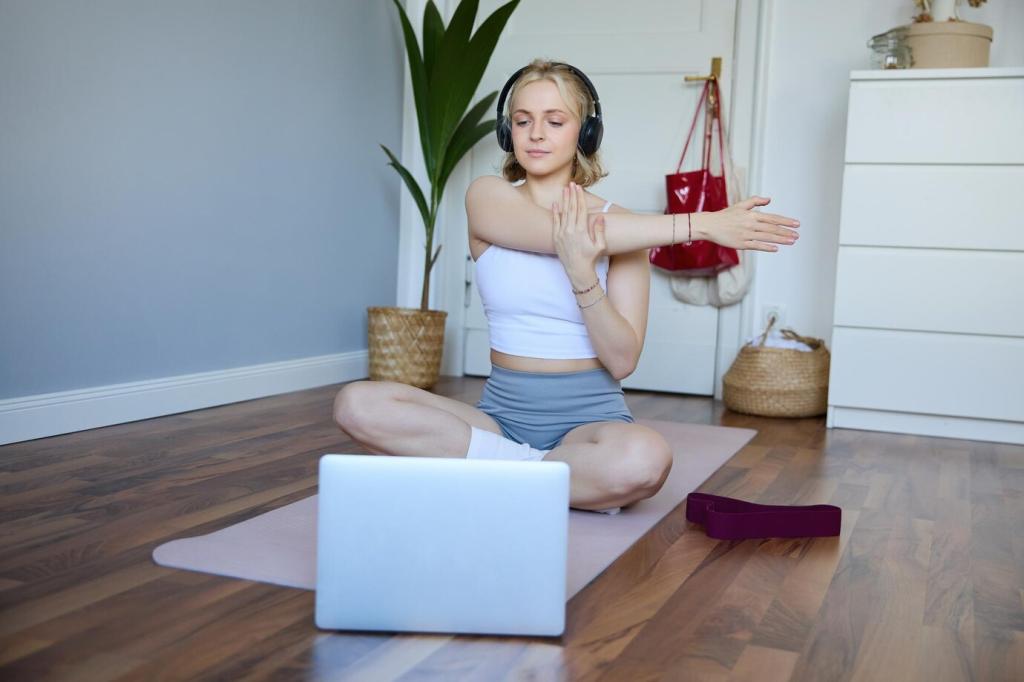
Choosing Soothing Colors
Color is a subtle yet powerful element that can instantly transform the mood of a space. For a meditation room, opt for soft, neutral shades like whites, creams, and pale blues, which promote calmness and mental clarity. Painting an accent wall or using removable decals is an inexpensive upgrade that can dramatically affect the atmosphere. If painting isn’t possible, incorporate soothing colors through textiles, pillow covers, or curtains. These tonal choices establish a visual quietude, signaling to your mind and body that it’s time to unwind and refocus.
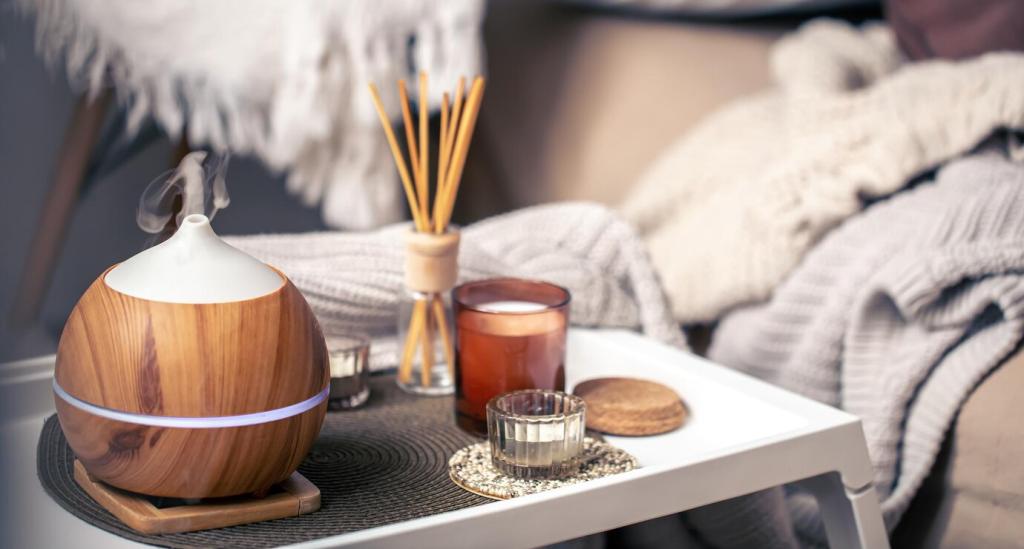
Introducing Gentle Scents
Scent is closely tied to mood and memory, making it an impactful, budget-friendly way to enhance your room. Affordable options like incense, essential oil diffusers, or even fresh flowers can infuse your meditation space with calming aromas. Scents like lavender, sandalwood, and eucalyptus are known for their relaxing effects. Experiment to find what resonates with you—sometimes, the simple aroma of a natural wood surface is enough. Prioritizing olfactory simplicity ensures the space feels fresh but not overwhelming, supporting your meditative goals.
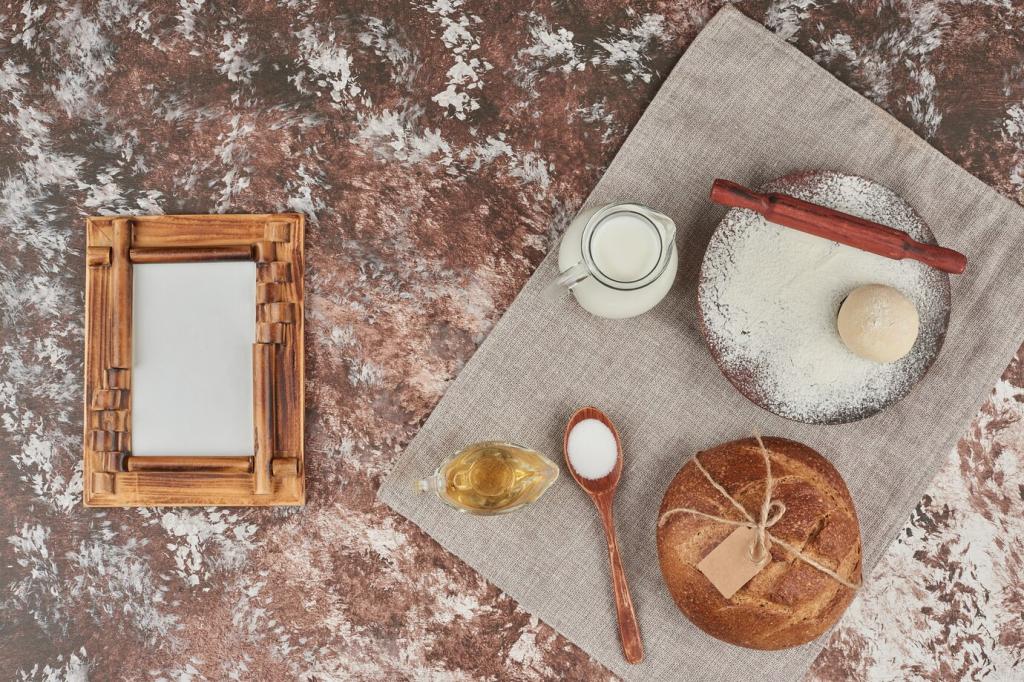
Focusing on Minimalism
Keeping your meditation room uncluttered is perhaps the most cost-effective strategy for fostering serenity. Remove unnecessary items and focus on just a few meaningful pieces—such as a small altar, a favorite book, or a cherished photograph. Minimalism helps reduce mental clutter, prevent distractions, and maintain a sense of spaciousness, even in tight quarters. By intentionally limiting décor and possessions, you ensure that your meditation space remains purposeful, orderly, and conducive to moments of deep quiet.
